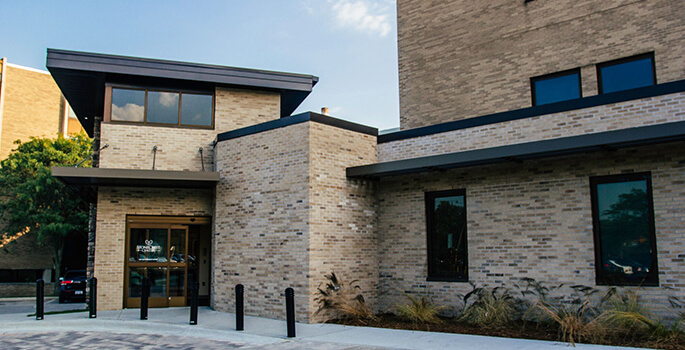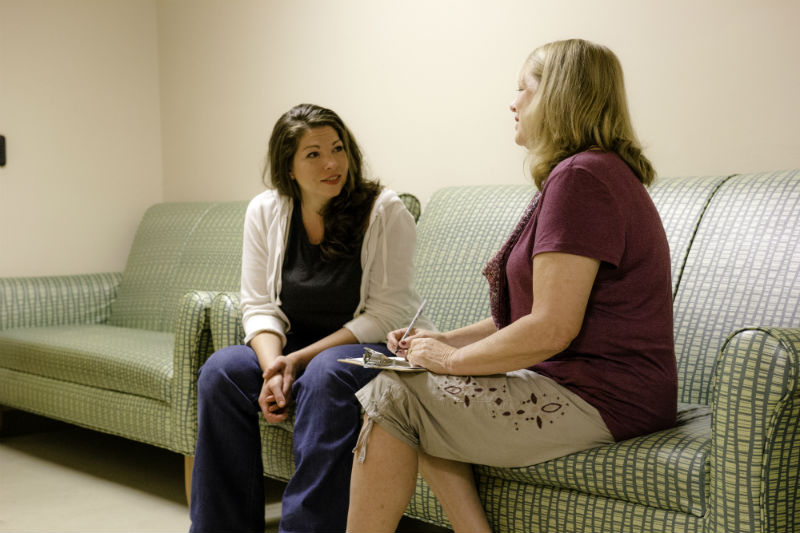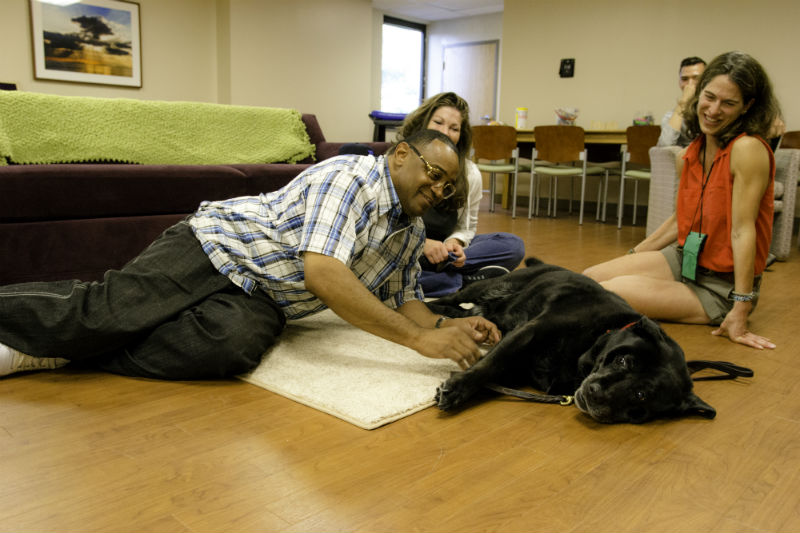No one experiences PTSD the same way as someone else. Understanding the signs, symptoms and side effects of PTSD is a key component toward starting the recovery journey.
Understanding PTSD
Learn about PTSD
While most people experience grief and/or worry following a trauma, some individuals develop markedly distressing symptoms after experiencing, witnessing, or learning about a trauma or traumatic event. Those who develop these symptoms are often times suffering from posttraumatic stress disorder, also known as PTSD. A condition that impairs functioning and hinders a person from completing normal, day-to-day tasks, PTSD sufferers live with extreme emotional distress and a heightened sense of alertness and fear that danger is a stone’s throw away.
These symptoms can occur following deployment, natural or man-made disasters, abuse, accidents, a crime, or the unexpected death of a loved one. Appearing shortly after the trauma and lasting long after the trauma originally occurred, the symptoms of posttraumatic stress disorder can be devastating for a person. Luckily, treatment for PTSD is available and can successfully restore a person’s life to what it was before the trauma or traumatic event happened.
Statistics
PTSD statistics
Posttraumatic stress disorder is said to affect over 5 million adults and that 7% to 8 % of all people with experience PTSD symptoms at some point in life. With 10% of women and 5% of men meeting criteria for a PTSD diagnosis, studies have also found that 4% of children, ages 13 through 17, struggle with this disorder.
Causes and Risk Factors
Causes and risk factors for PTSD
Not everyone develops PTSD following a traumatic event or circumstance. Research has found that certain factors, like a person’s genes, physical chemical makeup, and daily environment, can make a person more likely to develop posttraumatic stress disorder than others. The listed causes and risk factors have been shown to make a person more susceptible to developing PTSD after experiencing, witnessing, or learning about a trauma:
Genetic: Possessing a family history of mental illness, one specifically consisting of anxiety disorders, increase a person’s chance of developing posttraumatic stress disorder following a trauma.
Physical: Conclusive studies have found that those with PTSD have decreased levels of certain chemicals in their brains. Serotonin and dopamine volumes, neurotransmitters that regulate emotions and how a person responds to stress, are said to be lower and could explain why those with posttraumatic stress disorder respond to stress in the manner that they do. Finally, neuroimaging studies have concluded that individuals with PTSD have structural changes in their brains that are different when compared to brains of people without this condition.
Environmental: Chaotic and stressful environments, as well as exposure to trauma, can lead to the manifestation of PTSD symptoms. Furthermore, being a victim of abuse, neglect, or a crime can result in the onset of posttraumatic stress disorder.
Risk Factors:
- Being female
- Preexisting mental illness
- Family history of mental illness
- Absence of coping skills
- Poor support system
- History of trauma, abuse, neglect, or victimization
Signs and Symptoms
Signs and symptoms of PTSD
Depending on the type of trauma, the level of support around a person, and the sufferer’s age, the signs and symptoms of PTSD can presently differently. Indicators that an individual is struggling with posttraumatic stress disorder are:
Re-experiencing symptoms:
- Invasive memories pertaining to the trauma
- Recurring nightmares about the trauma
- Physical indicators like profuse sweating, exerted breathing, or rapid heart rate
- Flashbacks that cause a person to feel as though the trauma is happening again
Avoidance symptoms:
- Decreased interest in things, experiences, or places that were once enjoyed
- Pervasive feelings of hopelessness
- Memory blocks about the trauma
- Evading places, situations, or people reminiscent of the trauma
- Feeling detached from the rest of the world
Hyperarousal symptoms:
- Increased agitation
- Inflated startle response
- Feeling jumpy or on edge
- Disproportionate irritability
- Inability to sleep
- Fears of imminent doom
- Poor concentration
- Drastic fluctuations in mood
Effects
Effects of PTSD
Untreated symptoms of PTSD can cause unsurmountable damage to a person’s life. Ongoing presence of symptoms can lead to the possibility of experiencing:
- Demise of marriage or partnership
- Decrease in quantity and quality of relationships with others
- Decline in academic or occupational functioning
- Loss of employment
- Chronic pain
- Disordered eating
- Suicidal thoughts
- Attempts to complete suicide
Co-Occurring Disorders
PTSD and co-occurring disorders
Because a number of posttraumatic stress disorder’s symptoms overlap and have the potential of inducing symptoms of other disorders, it is common for an individual to receive an additional diagnosis of another mental illness. The following are other mental health conditions that can co-occur in a person with posttraumatic stress disorder:
- Obsessive-compulsive disorder
- Social anxiety disorder
- Depressive disorders
- Specific phobias
- Panic disorder
- Non-suicidal self-injury
- Suicidal ideation
- Substance use disorders









